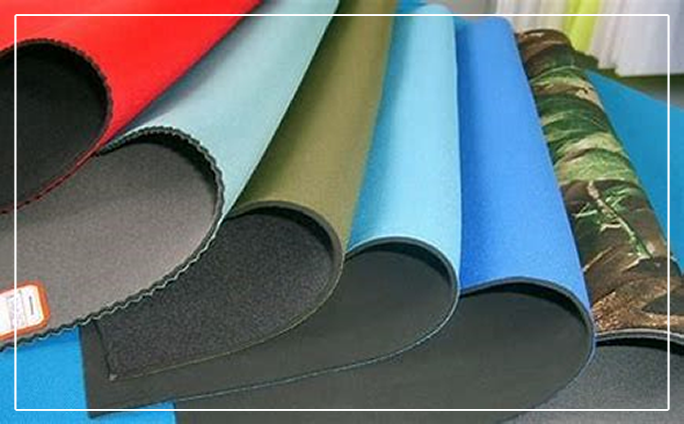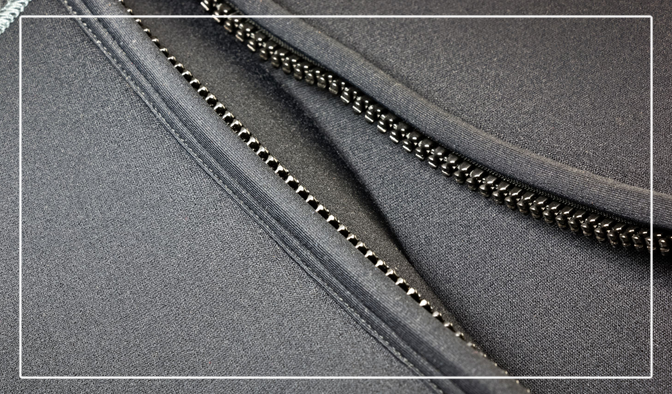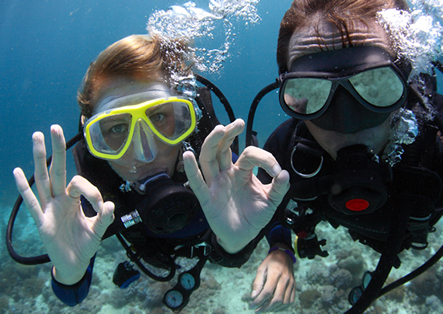首頁 > Fabrics & Materials
Fabrics & Materials | Neoprene
- Neoprene
- Next, generally, we choose the fabric which has nylon protection to be the material of outer layer of cold-proof clothing. If we pursue the cloth not only warm but also flexible, it will have extra layer. If a cloth has extra layer, will the degree of flexibility be decreased? Exactly, we all know that rubber will easily be oxidized while exposed under the sun. As a result, if there is an extra fabric layer, although flexibility will be decreased slightly, we can increase greatly in durability. Many manufacturers will proclaim that the stretchiness of their nylon fabric is up to 400%. the purpose is to increase flexibility. In Taiwan, if you want to relax and do water activity all year round, we recommend these two type of cold-proof clothing , 3mm and 5mm. If you are amateur, 3mm is enough. However, 5-7mm is more suitable to profession.
- Smooth Skin is so called "light fabric leather". You will see these cold-proof outfits in many free-diving competitions, which also symbolize” Close Cell” (meaning there are no small pores on the surface), so it costs nothing while adding an extra layer of cloth to the surface. It is completely advanced to a state without restraint! Moreover, the water resistance is also weaker than the ordinary cold-proof clothing. During the competition, any detail is important. In comparison, the cloth without any protection will easily be damaged by item, such as finger nail, pets, friction, etc. In order to keep warm, the inner layer of cold-proofing clothing use One Call, too. Outer layer and joint don’t have any cloth protection. It didn’t use any stitches but simple glue. The purpose is to make the best elastic performance. Besides, special dye can reduce friction and water resistance. In the competition, Players usually stay only about 30 minutes in the water. Most of the competition will not be held in a very place with the low temperature water, so in recent years, players pursue the clothing as frivolous as possible. The purpose are not only better ductility but also neutral buoyancy. As a result, it develops cold-proof clothing with thickness within 0.5mm to 1.5mm. But it's easy to tear if the clothing is too frivolous. So the material of the inner layer of competition suit is returned to Open Cell. Add stitch, reduce some warmth in order to improve the durability performance.
-
Fabrics & Materials
Neoprene
-
Fabrics & Materials
Nylon & Polyester textiles
-
Fabrics & Materials
ECO friendly fabrics
-
Fabrics & Materials
Fabric charts




